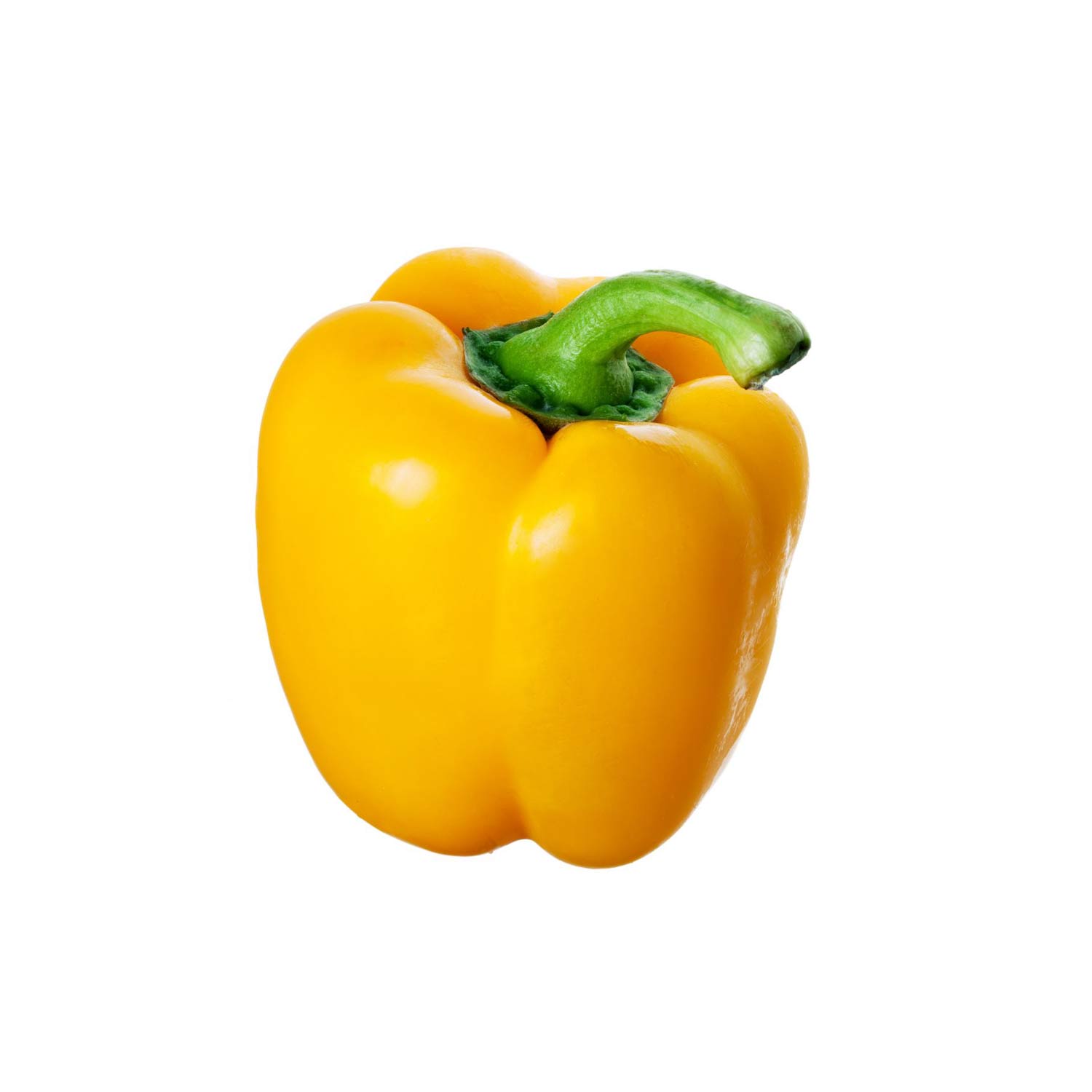A Nutritious and Versatile Culinary Gem
Why Choose Red Bell Peppers?
Red bell peppers are not only vibrant and visually appealing but also packed with essential nutrients and health benefits. As a staple in kitchens worldwide, they add flavor, color, and texture to a variety of dishes. Whether enjoyed raw, roasted, or cooked, red bell peppers can enhance your meals and provide numerous health advantages. This guide will explore the nutritional benefits, culinary uses, and growing tips for red bell peppers, showcasing why they should be a regular part of your diet.



Nutritional Benefits of Red Bell Peppers
1. Rich in Vitamins and Antioxidants
Red bell peppers are exceptionally rich in vitamins A and C, making them a powerful addition to any diet. One medium-sized red bell pepper provides more than 150% of the daily recommended intake of vitamin C, which is crucial for immune function and skin health. Additionally, their high vitamin A content supports vision and promotes healthy skin. These peppers are also packed with antioxidants, such as carotenoids, which help combat oxidative stress and inflammation in the body.
2. Low in Calories and High in Fiber
With only about 30 calories per cup, red bell peppers are an excellent choice for those looking to maintain or lose weight. They are low in calories yet high in dietary fiber, which promotes digestive health and helps keep you feeling full longer. Including red bell peppers in your meals can aid in weight management and contribute to overall well-being.
3. Heart Health Benefits
The consumption of red bell peppers may have positive effects on heart health. They contain potassium, which helps regulate blood pressure, and fiber, which can lower cholesterol levels. Additionally, the antioxidants found in red bell peppers support cardiovascular health by reducing inflammation and improving blood circulation.
Culinary Uses of Red Bell Peppers
1. Raw in Salads and Dips
One of the simplest ways to enjoy red bell peppers is by eating them raw. Their sweet and crunchy texture makes them a perfect addition to salads, providing color and flavor. They can also be sliced and served with hummus or guacamole for a healthy snack or appetizer.
2. Roasting for Depth of Flavor
Roasting red bell peppers enhances their natural sweetness and adds a smoky flavor. To roast, simply place them in the oven or on a grill until the skin is charred, then peel off the skin and use them in sandwiches, salads, or pasta dishes. Roasted red bell peppers can also be blended into sauces or spreads for added richness.
3. Cooking in Various Dishes
Red bell peppers are incredibly versatile and can be used in a wide range of cooked dishes. They work well in stir-fries, casseroles, and soups, adding flavor and nutrition. Sauté them with onions and garlic for a delicious base for many recipes, or stuff them with grains, beans, or meat for a hearty meal.
Growing Red Bell Peppers
1. Optimal Growing Conditions
Red bell peppers thrive in warm climates and require full sun to produce high-quality fruit. They grow best in well-drained, fertile soil enriched with organic matter. Planting them after the last frost ensures a successful growing season.
2. Watering and Maintenance
Consistent watering is essential for red bell peppers, especially during dry periods. Ensure that the soil remains evenly moist but not waterlogged. Mulching around the plants can help retain moisture and suppress weeds. Regularly check for pests and diseases to maintain plant health.
3. Harvesting Tips
Red bell peppers can be harvested when they are fully mature and have turned a deep red color. Gently twist or cut the stem to avoid damaging the fruit. Harvesting regularly encourages continued growth and fruit production throughout the season.




